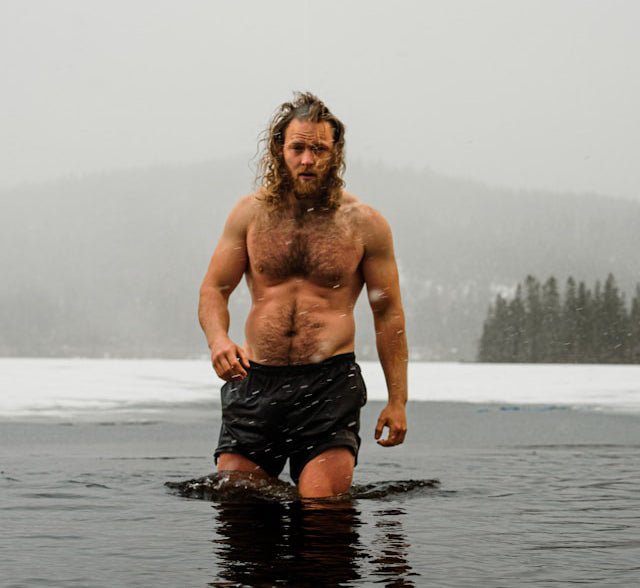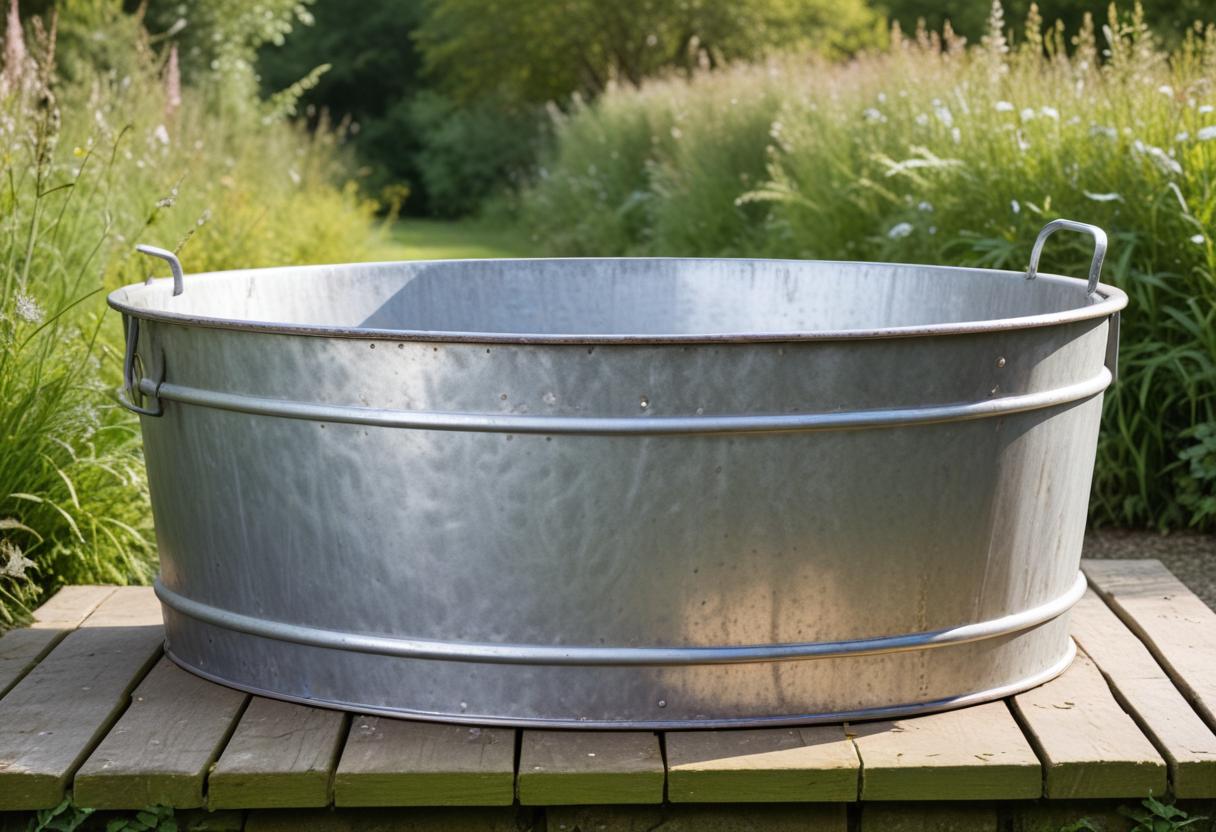Cold therapy, often referred to as cryotherapy, has gained popularity for its numerous health benefits. From athletes to wellness enthusiasts, many are embracing cold plunges, ice baths, and other forms of cold exposure. But what exactly happens to your body during cold therapy? Let's delve into the science behind this invigorating practice and explore the benefits supported by research.
Improved Circulation
When you immerse yourself in cold water, your body responds by constricting blood vessels to conserve heat. Once you exit the cold environment, your blood vessels dilate, resulting in improved blood circulation. This process can enhance cardiovascular health and reduce the risk of cardiovascular diseases (Vail Health).
Enhanced Recovery and Reduced Inflammation
Athletes and fitness enthusiasts often use cold plunges to speed up recovery after intense workouts. Cold therapy helps reduce inflammation, muscle soreness, and swelling by constricting blood flow and reducing tissue breakdown. This accelerated recovery process allows for more frequent and intense training sessions (Renu Therapy) (Vail Health).
Boosted Immune Function
Regular exposure to cold water has been shown to enhance immune function. Cold therapy stimulates the production of immune cells, increasing the body's ability to fend off infections and illnesses. This immune boost can be particularly beneficial during cold and flu season (Vail Health) (Renu Therapy).
Mental Well-being and Stress Reduction
Cold exposure triggers the release of endorphins, the body's "feel-good" hormones. These endorphins can improve mood, reduce stress, and increase mental alertness. Over time, regular cold therapy can enhance resilience to stress, contributing to overall mental well-being (Vail Health) (Gilmore Health).
Weight Management
One of the more surprising benefits of cold therapy is its potential role in weight management. Cold exposure activates brown adipose tissue (brown fat), which burns calories to generate heat. This process can complement a healthy diet and exercise routine, aiding in weight loss and management efforts (Vail Health) (Gilmore Health).
Improved Sleep Quality
Cold therapy can also promote better sleep. The drop in body temperature during a cold plunge mimics the natural temperature decline that occurs before sleep, helping to regulate sleep patterns. Improved sleep quality can lead to better overall health and well-being (Vail Health) (Renu Therapy).
Safe Practice Guidelines
To reap the benefits of cold therapy safely, it's essential to follow some guidelines:
- Consult a Healthcare Professional: Before starting any cold therapy routine, especially if you have pre-existing health conditions, consult with a healthcare professional.
- Start Gradually: Begin with shorter durations and less intense cold temperatures, gradually increasing exposure as your body acclimates.
- Choose the Right Environment: Use a safe and controlled environment for your cold plunge, such as a designated cold plunge pool or a natural body of water.
- Be Mindful of Temperature: Ensure the water temperature is safe, typically between 50 to 59 degrees Fahrenheit (10 to 15 degrees Celsius).
- Warm Up Gradually: After a cold plunge, warm up gradually using warm clothing or a heated environment.
- Stay Hydrated: Cold exposure can increase metabolic rate and fluid loss, so it's important to stay hydrated before and after a cold plunge.
- Listen to Your Body: Pay attention to how your body responds and exit the cold water if you experience discomfort or concerning symptoms (Renu Therapy) (Gilmore Health).
Incorporating cold therapy into your routine can offer numerous physical and mental health benefits. By understanding the science behind it and practicing safely, you can enjoy the invigorating effects of cold therapy and enhance your overall well-being.



Leave a comment
This site is protected by hCaptcha and the hCaptcha Privacy Policy and Terms of Service apply.